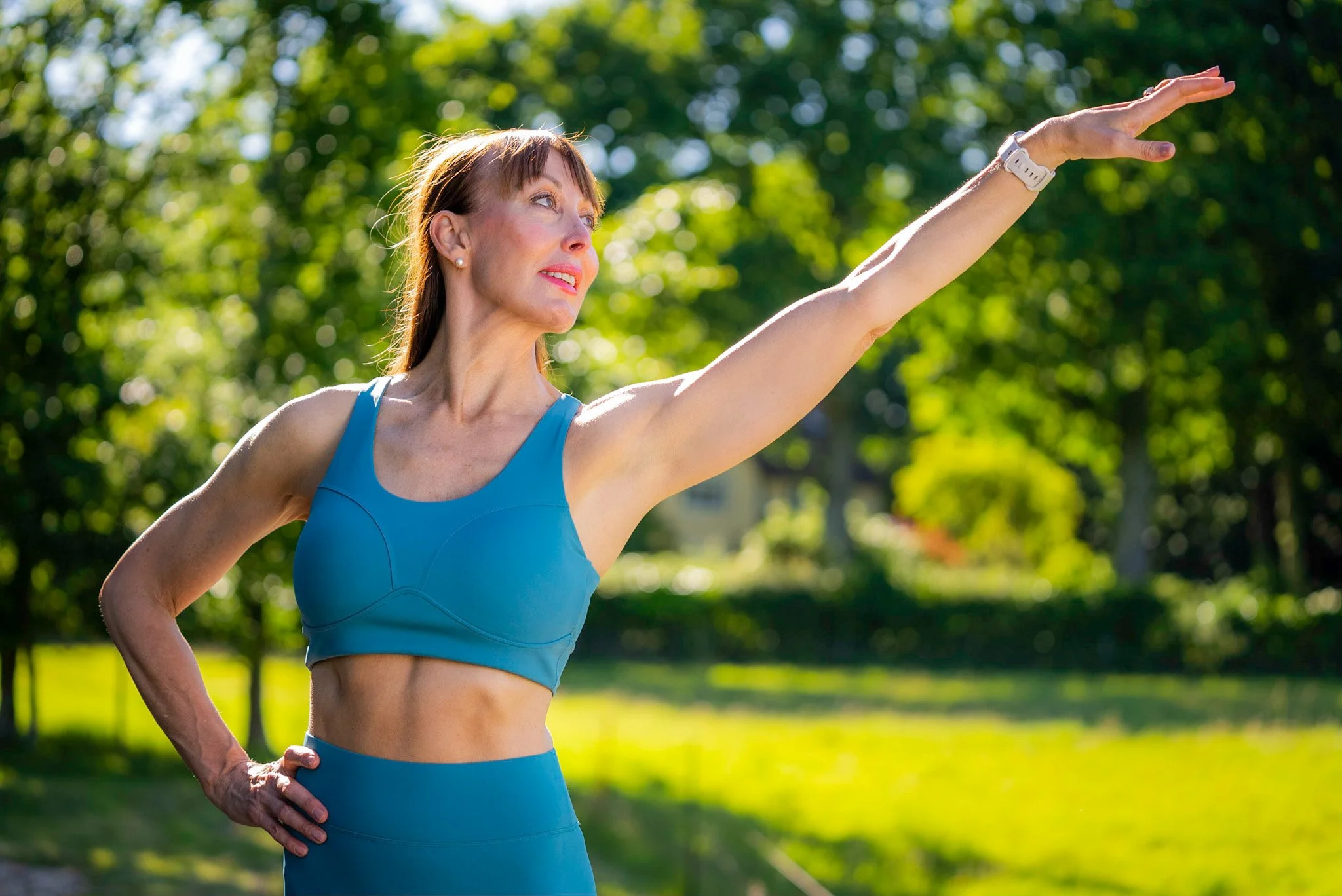We’re all aware of the physical benefits of exercise, but what is becoming more and more apparent is the positive effect it can have on your state of mind. Exercise can actually make you happier. And here are five good reasons why:
1. It boosts the ‘happy’ chemical in your brain
Exercise releases Dopamine, a neurotransmitter that is vital in creating feelings of pleasure and happiness. It’s also responsible for feelings of motivation so the more your exercise, the more motivated you’ll feel in general, which will help in all areas of your life.
Dopamine decreases with age so all the more reason to get out there and get active if you want to be smiling well into your twilight years.
2. You’ll feel less stressed
When you exercise you are submitting your body to low levels of stress as it raises your heart rate and triggers hormonal changes. By exercising regularly your body learns to cope with this level of stress, which in turn enables it to cope much better with any stress you encounter in day-to-day life.
More exercise equals less stress. And less stress means a happier way of life.
3.You’ll have more energy
There is no doubt that exercise leaves you feeling energized, rejuvenated and ready to take on the world. So when you have that nagging voice in your head saying, ‘I’ll just skip it today. I’m too tired/ busy/ stressed’ remember that you always feel better when you’ve done it.
Exercise equals energy! And energy gives you the get up and go to enjoy life.
4. It will ease anxiety
Anxiety along with stress is one of the worst offenders of our modern world. If you suffer from anxiety, exercise may be a way to cure those difficult feelings.
Recent studies on people suffering from anxiety show that exercise gives an immediate mood boost, which is followed by longer-term relief, similar to that offered by talking therapy and meditation.
So when you’re feeling anxious, have a workout, you’ll feel happier for days afterwards.
5. It will boost your confidence
Feeling good about your body and how you look is so important to your overall wellbeing. No one is happier than a person comfortable in their own skin.
If you suffer from low self-esteem due to how you feel about your body, this can have a negative affect on many areas of your life from relationships to career and personal aspirations. Exercise can change this. Getting into a regular routine you will see your body start to change and be amazed at how quickly you begin to feel better. Not only will you like the way you look, you’ll also have a sense of pride and achievement at what you’ve accomplished. Because the bottom line is, you did it for yourself.
And what if you don’t like exercise? Well, I believe everyone can enjoy exercise, it’s just a case of finding something you like doing. Remember it doesn’t have to be going to a gym; it could be a walking club, cycling, archery, yoga, pilates, dance, a team sport like football or netball, anything to get you moving.
Whatever your gender or your age there is something out there for you. Be open minded, look at what there is available in your area. Be brave and try something new. You’ll be amazed at how it can change your life; you’ll meet new people, you’ll get fitter and most importantly, you’ll exercise yourself happy.
© Rachel Lawrence. All rights reserved. No reproduction without permission.








